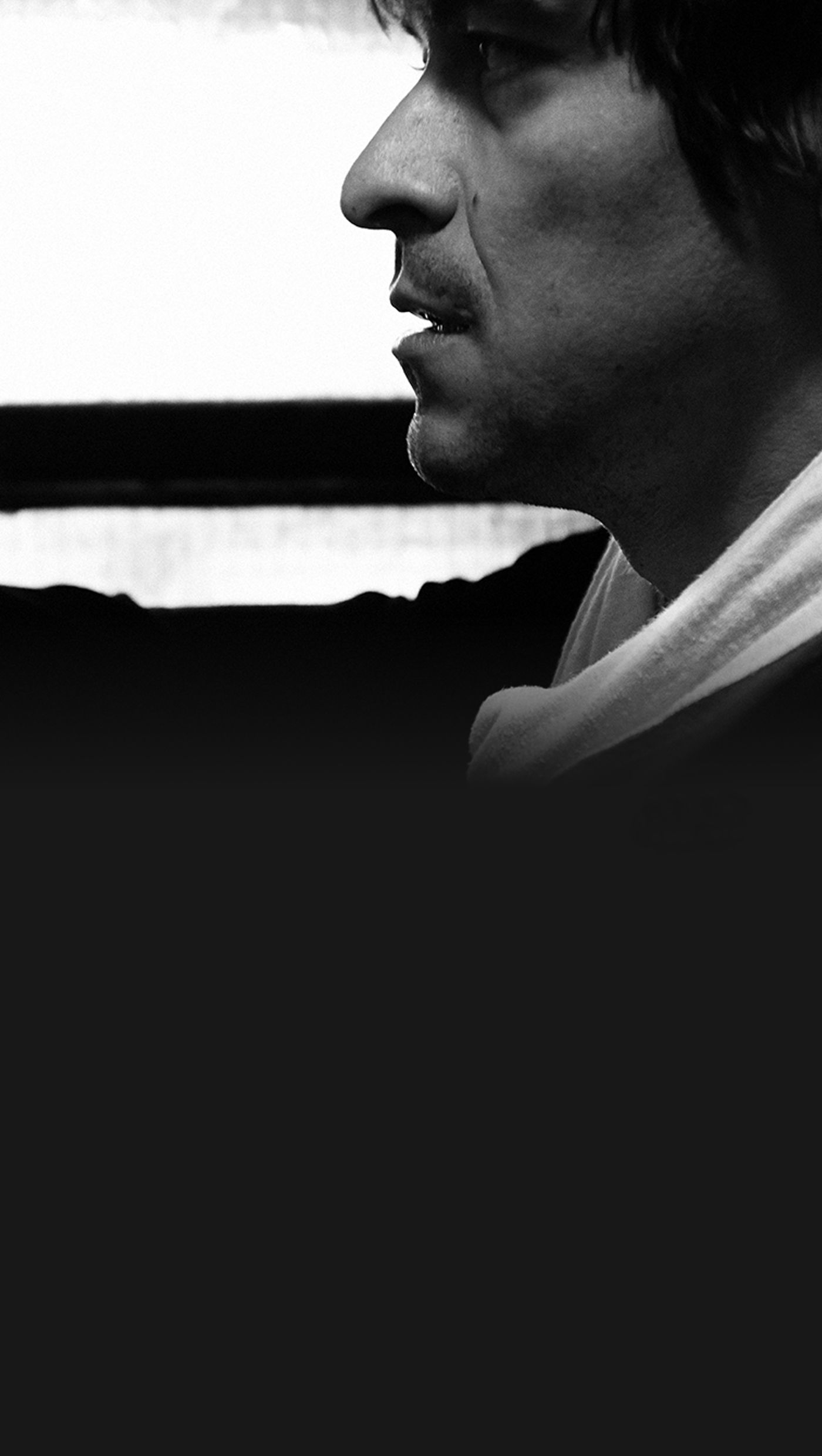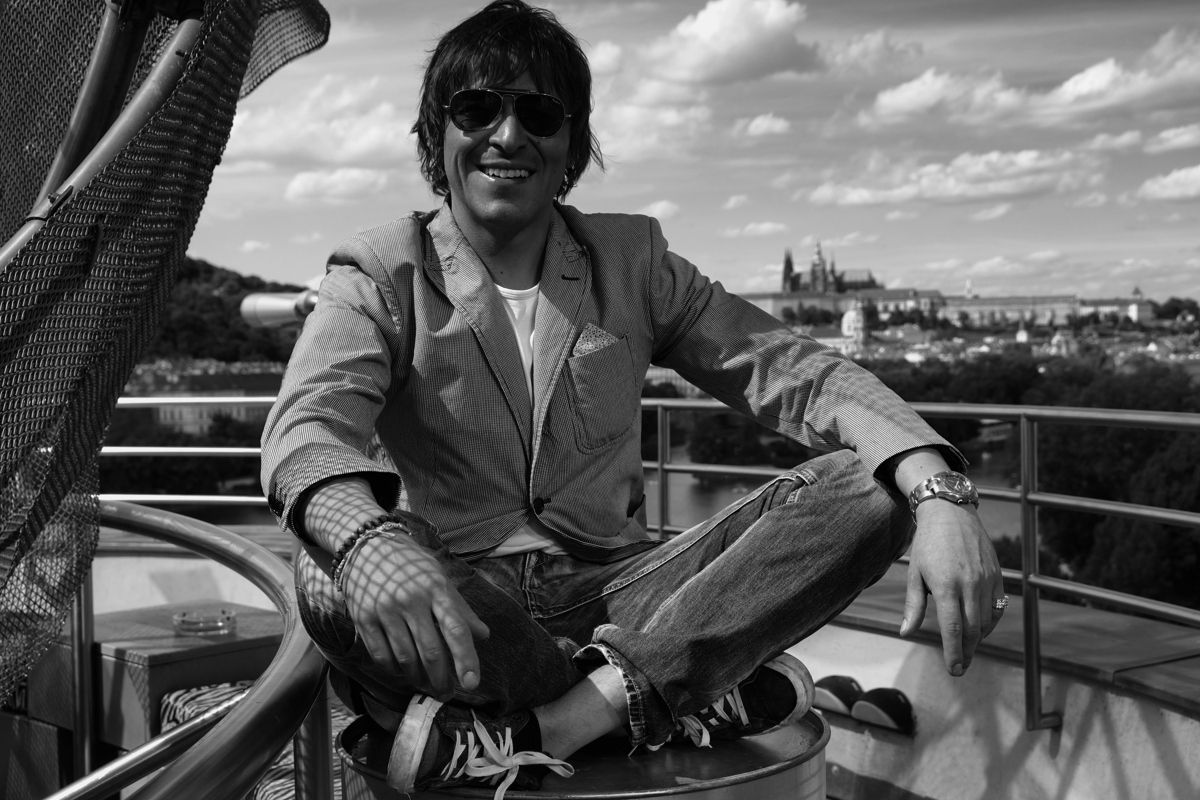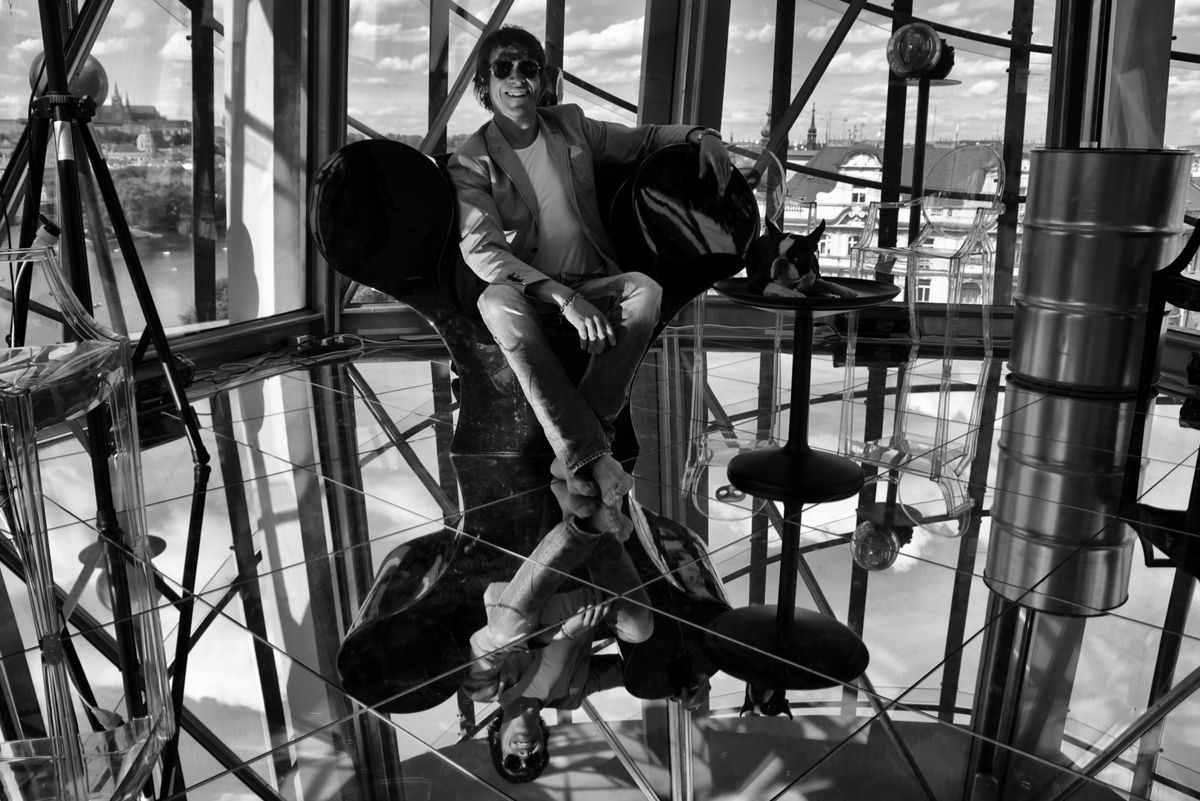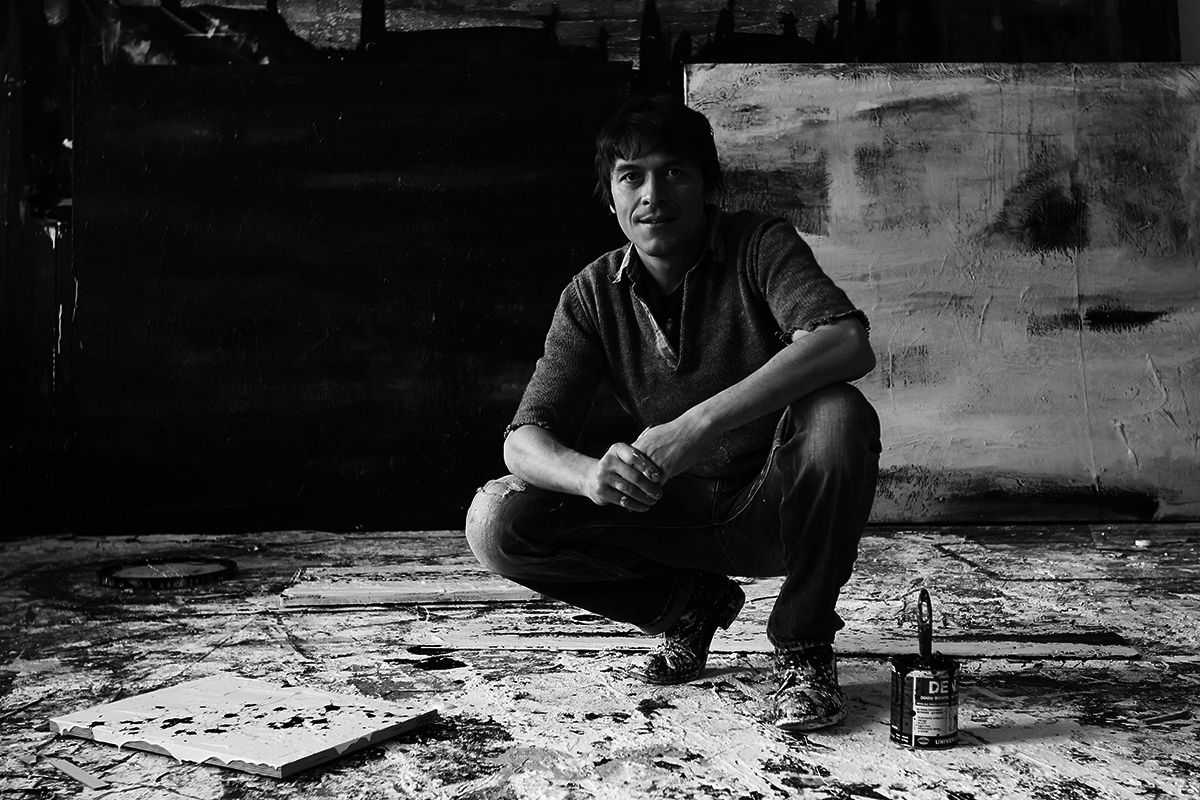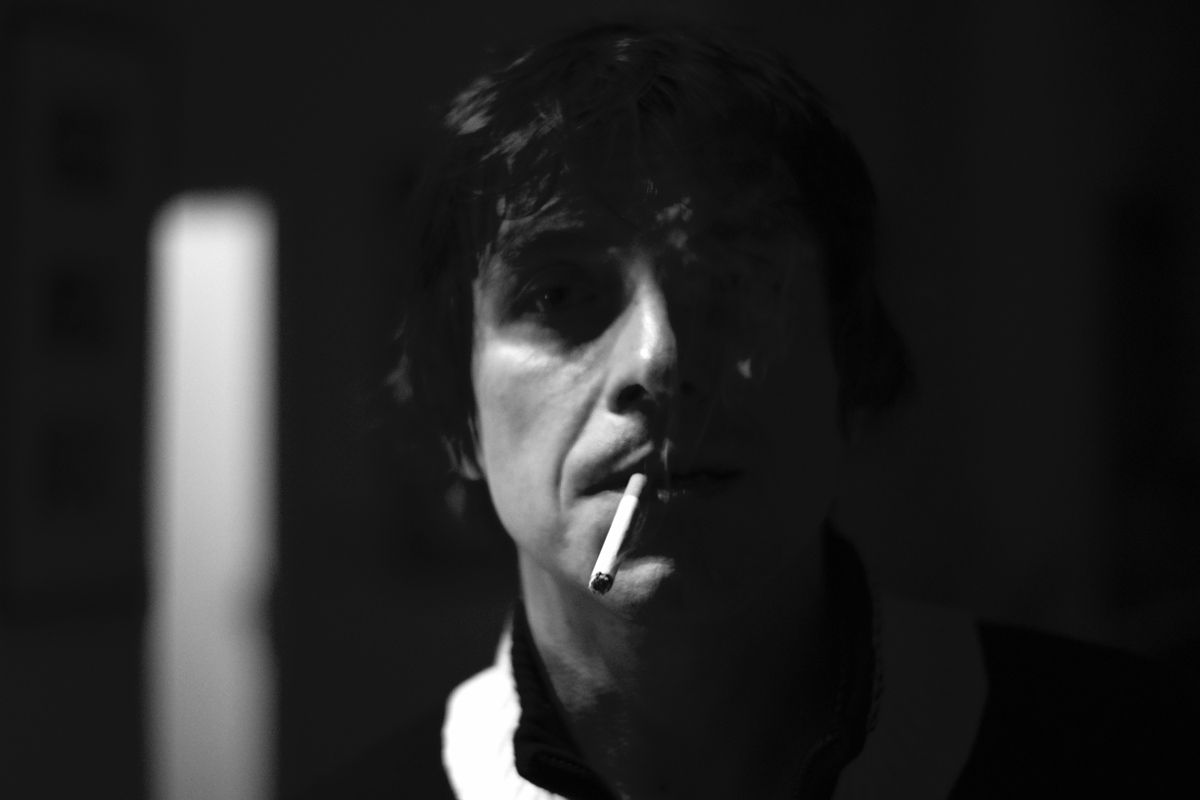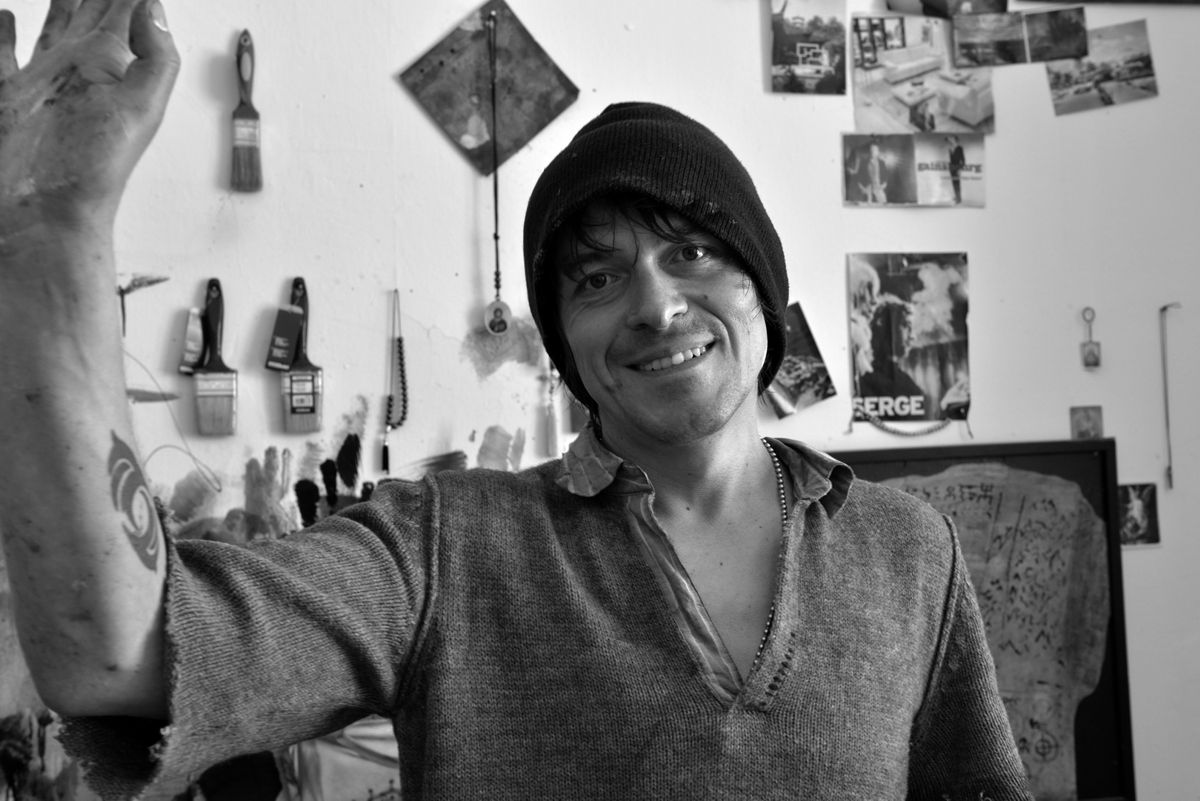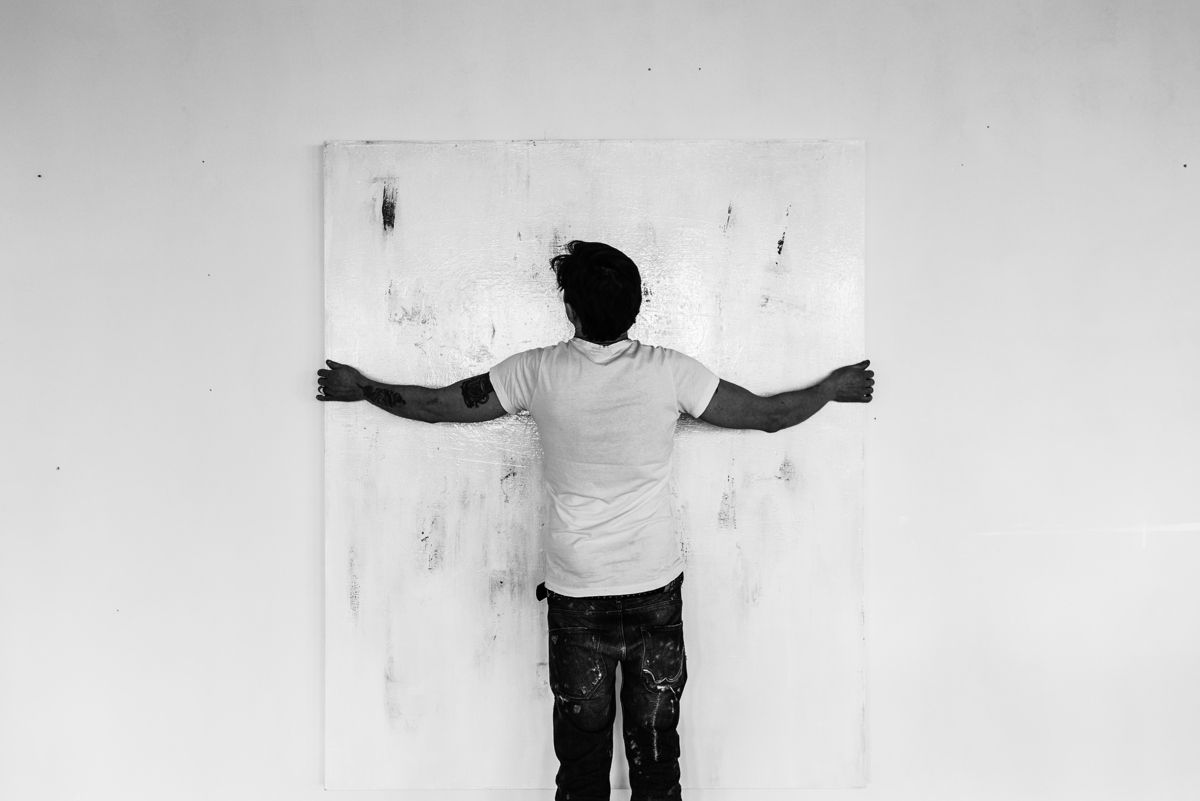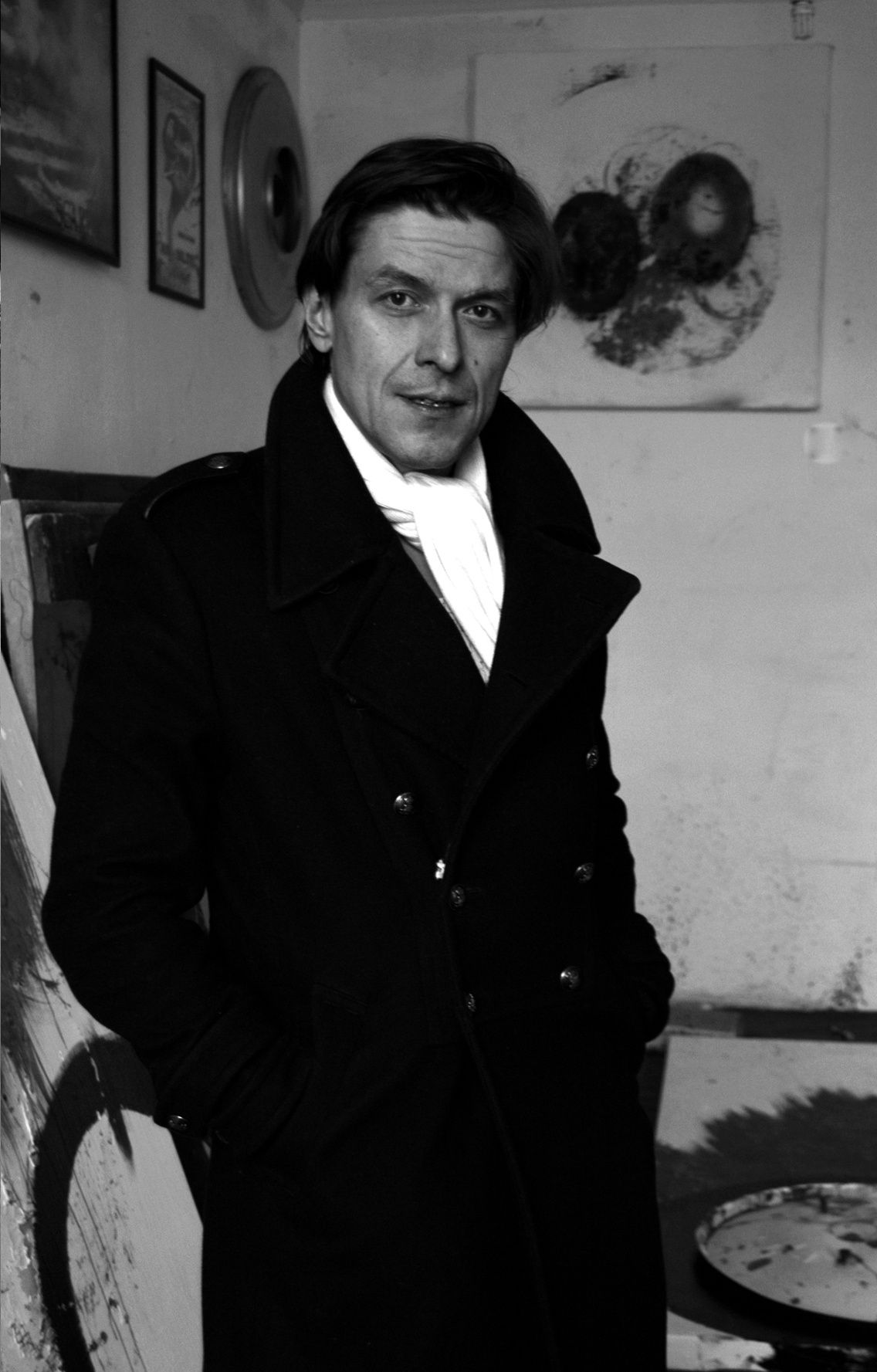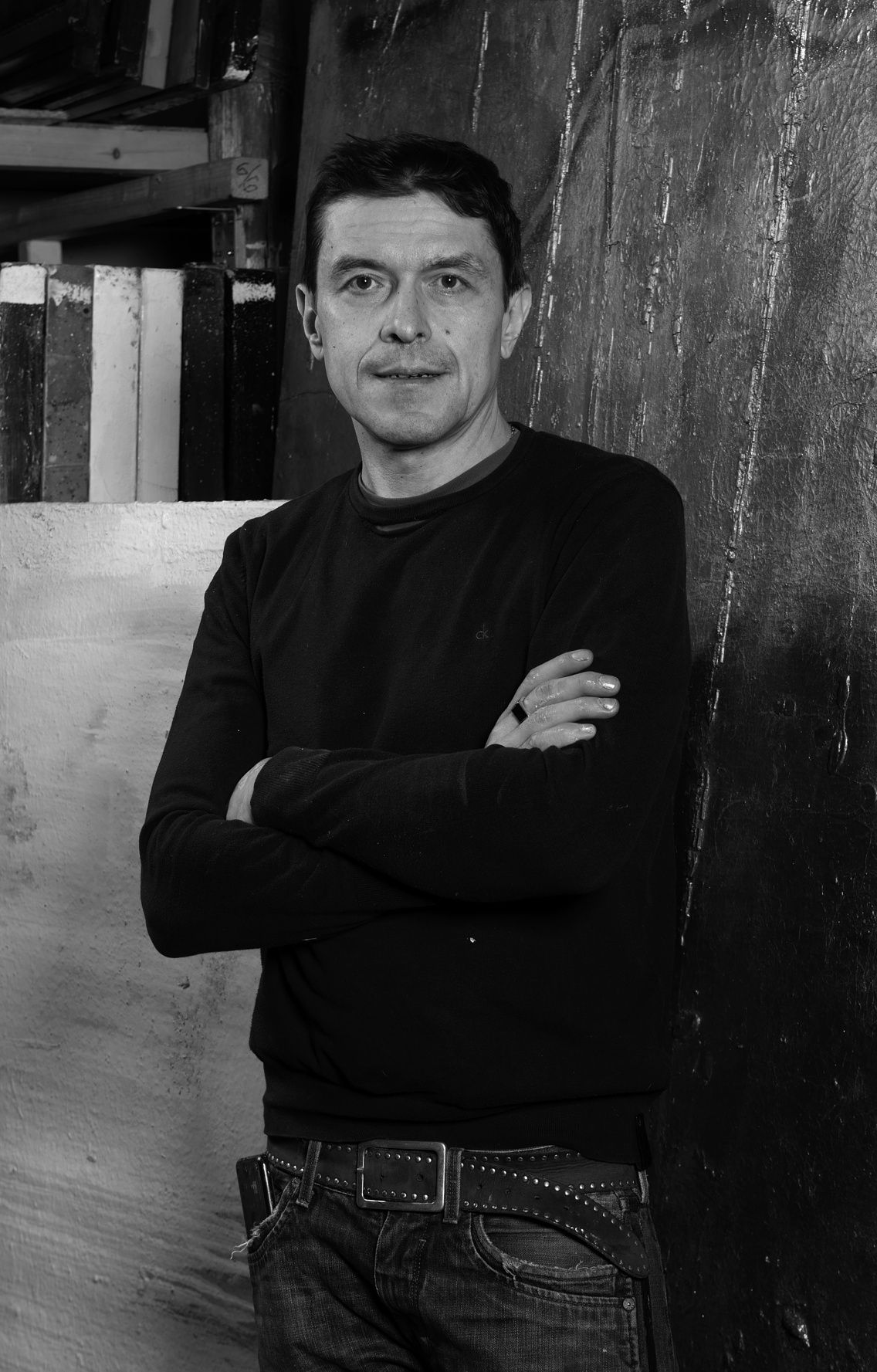Profile
(*1972) Czech painter, graphic designer and artist known primarily for his paintings that reflect his inspiration by fire, light, nature and modern civilization.
Dominik Mareš was born in Ostrava in 1972. Dominik Mareš was born in Ostrava in 1972. At the age of seventeen, while studying at grammar school, he began painting. His first major exhibition at the House of Art in Opava in 1992 was a success and opened up new opportunities for Dominik. He graduated from the Faculty of Economics, but then moved to Prague, where he presented himself in an exhibition in Gallery "U Řečických".
Dominik Mareš became widely known for his solo exhibition at the National Technical Museum in 1997, which included more than ninety pieces of his work.
Currently, he has presented his paintings in the spirit of structural abstraction at forty solo exhibitions in the Czech Republic and abroad. His paintings are part of private collections in more than twenty countries.
A great honour for Dominik Mareš was the request of the American production of Wanted to lend three canvases for the interior scenes featuring Angelina Jolie and Morgan Freeman.
Dominik Mareš also took part in the Cowparade Prague 2004, for which he created an object called The Flaming Cow, which was placed in the premises of the Slavic House. In May 2007, the 4 x 5 m painting Greetings from Prague was presented to the public, specially created for the Association of Chefs and Confectioners of the Czech Republic to present the team menu when participating in international competitions.
The oldest paintings by Dominik Mareš date from the time when he lived in Ostrava. They reflect the rawness of the industrial environment, distinctive structures and primitive pictograms reflect the heritage of fine art, which in conjunction with neon colours conveys a deeply experienced personal message.
REVIEWS
-
Magdaléna JuříkováDirector of the Prague City Gallery
It is worth noting that Dominik Mareš approaches his subject from many angles, and his artistic language visibly adapts to these different needs. Previously, he measured his experiences with the same yardstick, looking neither to the right nor to the left in the fervor and obsession of his work. Today he proceeds much more deliberately and honestly seeks appropriate expression. His eye and his memory are better trained and he goes into a deeper analysis of the material he has absorbed.
-
Patrik ŠimonSpecialist in European art of the 19th and 20th centuries, publisher, curator, expert advisor.
Dominik Mareš's work follows two parallel paths. One is the exclusive domain of abstract painting, which is a testimony about the future, and the other is devoted to the construction of bizarre objects, which combine serious themes with banality and the eccentric with nothingness. In them, the artist patiently prolongs the life of discarded objects, but in such a way that we cannot speak of surrealism or Dadaism, because the basic idea is so disturbing in its rawness, its direct attack on our archetypal senses, that we often wonder how many antiquitous finds can be allowed to grow into a phenomenal shorthand of materialized character when encountered by a creative individual. In his essay on Leonardo da Vinci's method, Paul Valéry says that creativity is the perception of relationships, or the "law of continuity" among things in places, where others see nothing. Valéry's remark presents a model of the perfect interchangeability of artifacts as a new reality. It is actually the multiple timeliness of a work of art. The paintings, recently often using gold paint, are a kind of background to these objects, moving in serial layers of painterly gesture. In them, Dominik Mareš is more focused, contemplative, while developing the full range of his previous themes as an individual lost in urban agglomeration or in mere emotional synaesthesia. In the painting, he also develops his new experience of rural life and its temporal cyclicity and apparent serenity. He concentrates on the place where he has put down his roots and perceives the miracle of creation in all its transformations, beauties and pitfalls, because the shadow of the past can overcome the distances between forgotten dreams and reality by leaps and bounds. His paintings are as achingly empty as a Zen poem, agonizingly searching for a shortcut between effect and fulfilment.
-
Jiří Michalickýart historian and curator, employee of the National Gallery
Dominik Mareš is a painter whose work has been evolving naturally for many years. It has a precise rhythm, which is for him very important. He finds his own technical methods that exactly match his ideas and way of expression. Gradually he discovers his themes, arriving at a distinctive expression. He has a unique sense of space, of articulating the layout.
Representation in collections
-
Galerie U prstenuPrague
-
Galerie PyramidaPrague
-
Galerie ChagallOstrava
-
Galerie Via ZlínZlín
-
Galerie MiroPrague
-
Galerie XXLLouny
-
Galerie VltavínPrague
-
Galerie FanyČeský Krumlov
-
Galerie Bayer & BayerPrague
-
Ranný designPrague
-
Městské muzeum KrálíkyKrálíky
-
Studio PilátiMunich, Germany
-
Investiční a poštovní bankaZlín
-
Komerční bankaOtrokovice
-
Severomoravská energetikaOstrava
-
Private collections
Czech Republic, North and South America, Southeast Asia
-
Soukromá sbírka Michaela RingieraMichael Ringier's private collection


